Contents
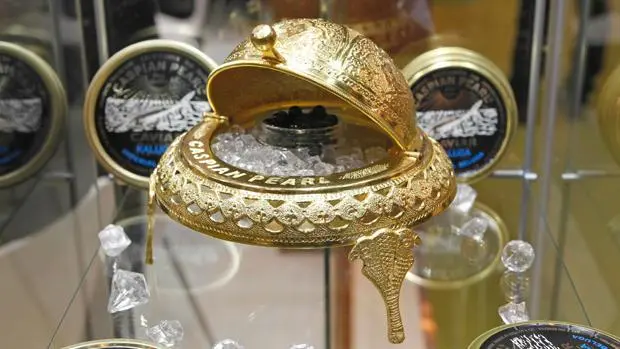
Few would say, after having eaten a tapa of Iberian ham and a paella, that they are granting themselves a luxury. However, both acorn-fed Iberian ham and saffron have a higher price than other products in the same category. They are, in fact, expensive products, which have earned a place among the best delicatessen in the world.
We take a tour of some of them, revealing secrets, tricks and anecdotes to enjoy 100% of their flavor.
Caviar
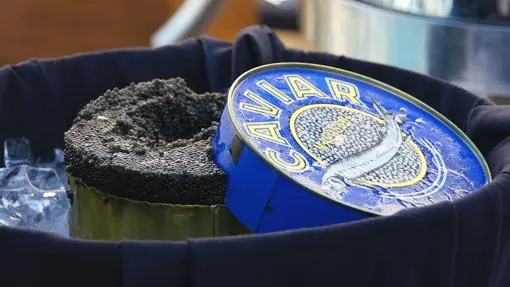
It is probably the edible synonym for luxury. Female sturgeon roe has been a delicacy since time immemorial. Its color, size and texture vary depending on the subspecies to which the sturgeon belongs and which is reflected in the “surnames” caviar: Beluga, Osetra, Sevruga, Kaluga, among others. Like any delicatessen that is respected, caviar has its rules: it does not have to contain more than 5 grams of salt for every 100 grams of product (nor less than 3 grams) and it is always eaten with a mother-of-pearl or bone spoon, since the metal one will alter its flavor. The smell and taste of caviar must subtly evoke the sea. The most expensive variety in the world obtained from the roe of the albino beluga sturgeon from the Caspian Sea: about 100 gr they can cost more than 3.000 euros.
Saffron
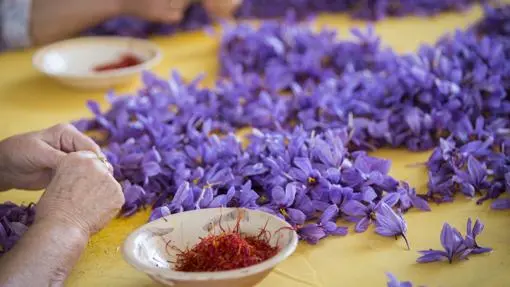
First you have to collect the flowers, which grow very low on the ground, by hand and at the right time, taking great care that the stigmas do not detach from the flowers. Then you have to peel the flowers at most 12 hours later having collected them. Subsequently, the stigmas must be roasted, safeguarding their aroma, color and chemical-physical characteristics, and finally, they must be preserved by protecting them from light and humidity. Saffron is the most expensive spice in the world and it is not for less: its price per 100 gr. of finished product (as we buy it) it can cost 1.000 euros. Its versatility in the kitchen is simply priceless.
Alba white truffle
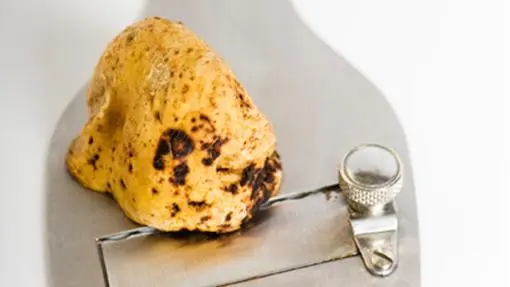
Se “Hides” at least 10-15 cm under the ground in proximity to the roots of trees such as oak, poplar, linden or hazelnut. It is collected exclusively from October to January with the help of a dog and a small beak. And no, it cannot be cultivated.
La white truffle It is the most valuable of this family of hypogeal mushrooms capable of turning even a few simple fried eggs into a luxurious snack. Being a spontaneous product, its price soars in the vintages of greatest scarcity and / or better quality, being able to reach peaks of 450 euros per 100 gr. The truffle is always served raw and thinly sliced.
Japanese wagyu
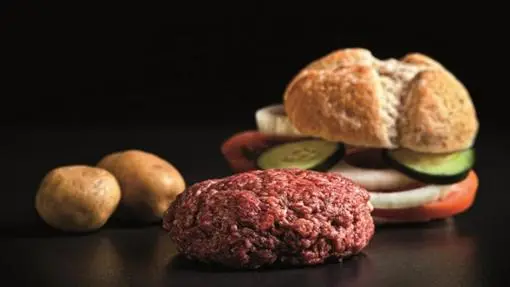
Maybe the put music to the calves while eating, giving them massages or putting coats on them in cold weather is not a widespread practice. Even so, the result, the meat of japanese wagyuIt is one of the most appreciated and expensive in the world (up to 300 euros per kilo). Its quality, color, gloss, texture and firmness are classified according to a scale that goes from A1 – the highest quality – to C5. The fat infiltrations that give this meat a characteristic marbled appearance are classified on a scale from 1 to 12, with 11 and 12 being the most difficult to find.
Acorn-fed pork Iberian ham
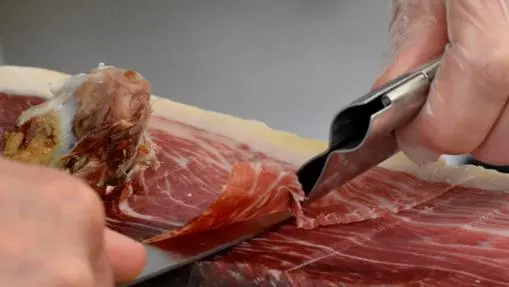
Sleep, run for acorns, and sleep. The Iberian pigs from which it comes one of the treasures of Spanish gastronomy They have nothing to envy of Japanese wagyu calves. Fat infiltrations are, also in this case, an indication of the quality of the product. A good Iberian ham is the result of a millimeter production process. Cutting it is also an art that allows to appreciate the different nuances of each of its parts. Its price is around 500-600 euros for each piece. The most expensive in the world costs more than 4.000 euros and it comes from a variety of the Iberian pig called Manchado de Jabugo, of which there are only a few units.
Traditional balsamic vinegar of Modena
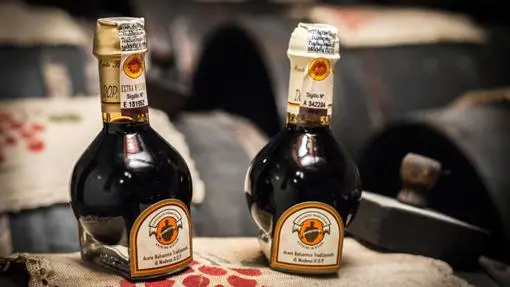
Grape must and time. These are the only two ingredients of the Traditional Balsamic Vinegar of Modena. To achieve this designation in its characteristic blister-shaped bottle designed by Giugiaro, the vinegar will have to have spent at least 12 years in barrels of different woods and sizes. The price per 100 ml of this product does not fall below 60 euros and it can cost several hundred euros.
Pinion
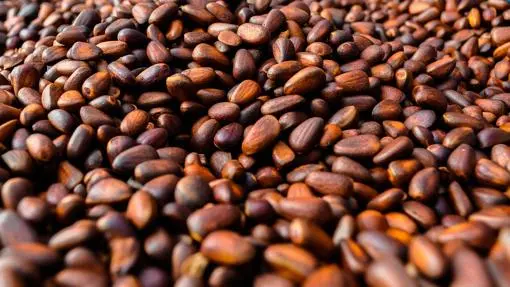
The American journalist tells Lisa evening that the first time he set foot in elBulli’s kitchen, he found two lines of boys and girls pulling pine nuts out of a pineapple, all very concentrated. Then he wondered who were those young people willing to do such a strange and hard work and from that question a book emerged ‘The Sorcerer’s Apprentices’. Of course the scene had to be strange. Not so the presence of pine nuts in the then best cuisine in the world. The pine nut is, together with the Macadamia nut and the pistachio, one of the most expensive nuts in the world, as one kilo costs around 45 euros.
Matcha tea
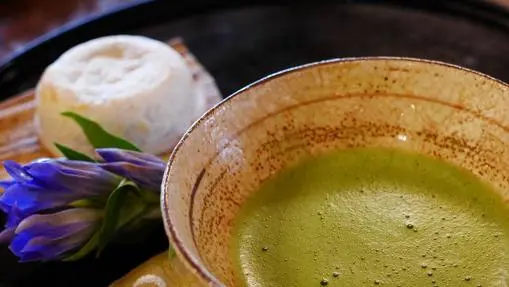
Intense green color, sweet umami flavor, rich in antioxidants, energetic and calming at the same time and very versatile in both sweet and salty cooking. The matcha tea is another excellent product for which to thank Japan, which is the world’s leading producer of this “Super tea”. Its cultivation and production process is extremely complex: the tea buds are kept in the shade (which hinders photosynthesis and tannin development), the leaves are carefully selected, dried thanks to a short steaming process and ground. with a stone mill in a controlled environment. At the end of the process there is even a tea taster to check the final quality of the product. Of all world tea production, matcha represents 0,06%. No wonder a can of 80 gr can be around 50 euros.
Culatello di Zibello
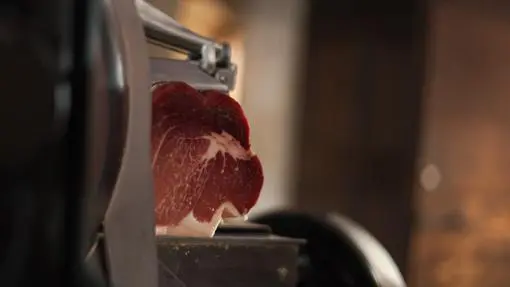
He is the king of the Italian sausages. It is made from the thighs of the back leg of the pig, to which salt, pepper and sometimes white wine and garlic are added. Without forgetting the star ingredient: the typical humidity of the geographical area in which the authentic is produced Zibello Culatello. The most famous of all comes out of the caves of Ancient Pallavicina Court -apparently the oldest in the world- attended by clients such as Prince Charles of England, Alberto de Monaco, the French chef Alain Ducasse and the Italian Massimo Bottura. The price? A Pair of 300 euros for a 4 kg piece.
Champagne
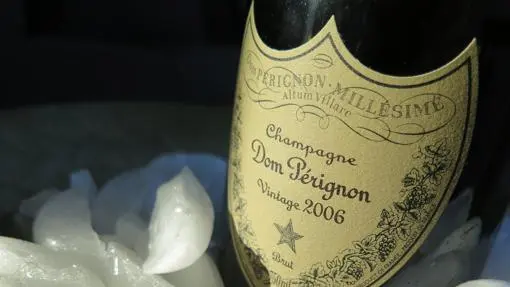
They say that already in the eighteenth century champagne was not lacking in any celebration of nobility that prided itself on. If we take into account that the “father” of that sparkling wine, the Benedictine monk Dom Pérignon, lived in the XNUMXth century, we can affirm that champagne seems to have been born to irrigate the party (and luxury) with its bubbles. Result of double fermentation Made from chardonnay, pinot noire or pinot meunier grapes, sometimes from different vintages and vineyards, champagne can reach such high prices that it is impossible to speak of a ceiling. Served cold but not frozen and in flute-shaped glasses so that the bubbles don’t escape too quickly.









